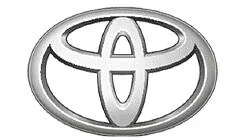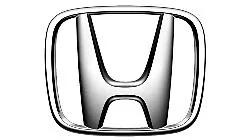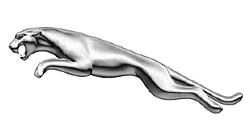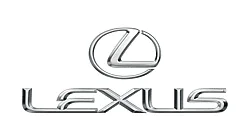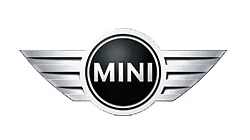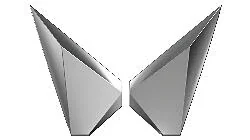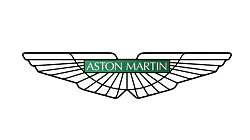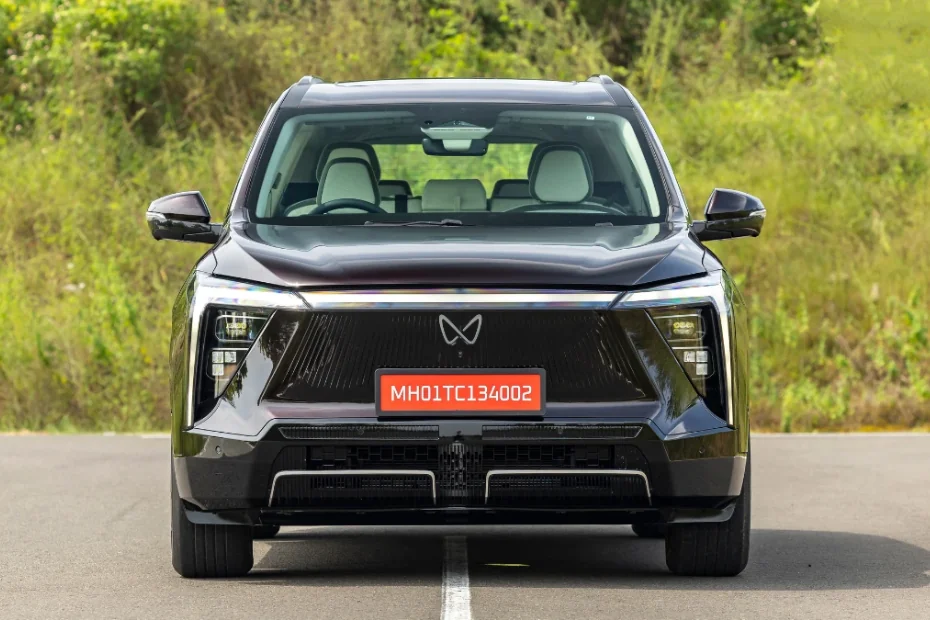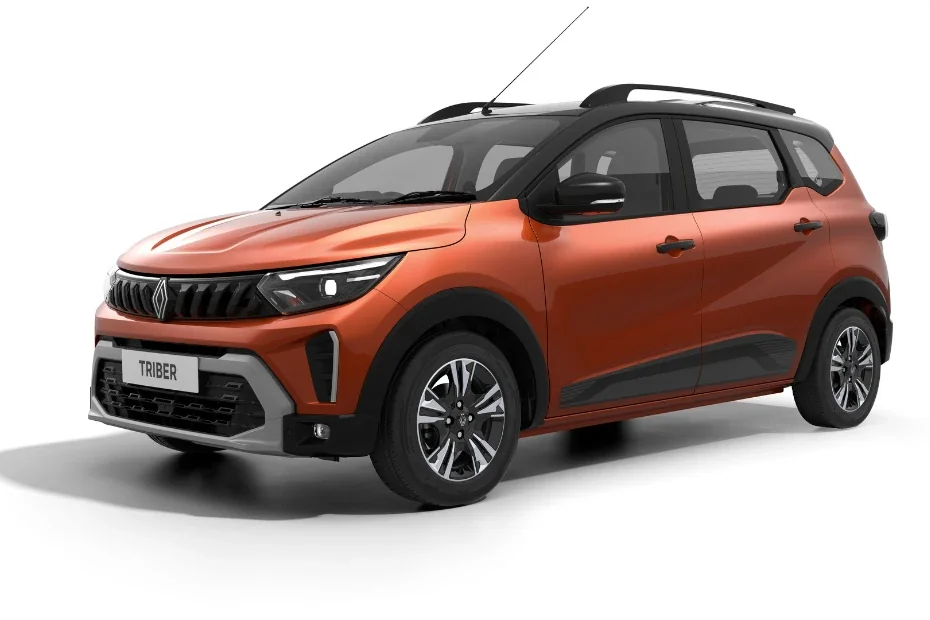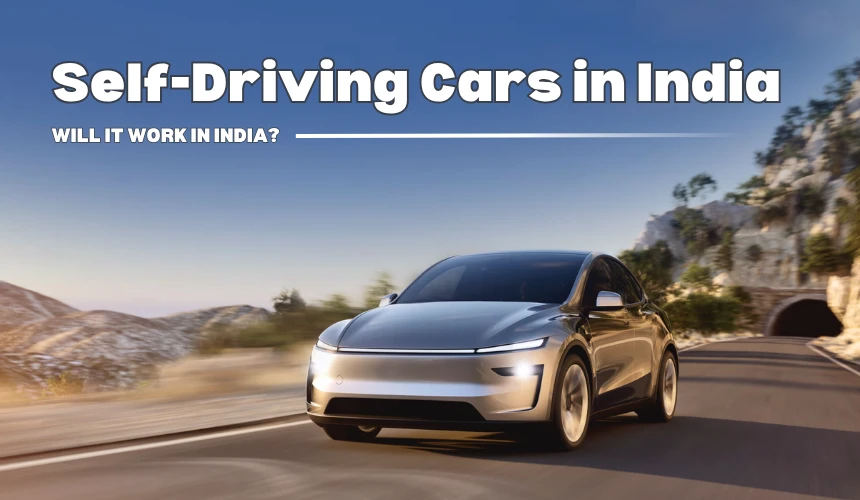
One of the key components of any car is its engine and gearbox. Broadly referred to as ‘Drivetrain’, the combination of engine and gearbox with a range of mechanical linkages decides the transfer of power from the engine to the wheels, allowing the vehicle to move.
Among the various drivetrains available Front-Wheel-Drive (FWD), Rear-Wheel-Drive (RWD), Four-Wheel-Drive (4WD) and All-Wheel-Drive (AWD) are the most common. In this story, we are going to understand the difference between each type with their pros and cons listed.
FWD vs RWD vs AWD vs 4WD: Drivetrain Types Explained in 2025
Front-Wheel-Drive (FWD)

In a front-wheel drive system, the engine and the gearbox of the vehicle are connected directly to the front wheels. FWD drivetrains are usually compact and easy to build.
In addition, due to the engine being at the front, the losses are minimised resulting in good fuel efficiency and decent handling characteristics. This setup is majorly seen in budget cars with up to 250 bhp of power.
However, as a drawback, the FWD drivetrain provides less traction on slippery road surfaces. The FWD vehicles have a tendency to exhibit more weight transfer to the front during acceleration. This can lead to reduced traction and under-steering in slippery and high-performance scenarios. Maruti Suzuki Baleno is the perfect example of a front-wheel drive system.
Rear-Wheel Drive (RWD)

With a rear-wheel drive system, the engine’s power is directly sent to the rear two wheels which push the car along. The RWD drivetrain provides better weight distribution which eventually enhances the performance and handling of the vehicle. This drivetrain system is also known for its durability and ability to handle heavy loads. BMW 5 Series is an appropriate example of that.
However, during acceleration, there is a significant weight transfer towards the rear wheels in RWD vehicles. This results in oversteering during heavy loads causing issues with steering control and stability.
The RWD system is majorly popular in performance cars and vehicles with special attention to driving comfort. These systems can handle loads of up to 800 bhp.
Read Also: CNG vs Electric: Which New Car to Buy
All-Wheel Drive (AWD)

An all-wheel-drive (AWD) system is one that continuously sends power to both the front and rear wheels all the time. This system results in providing better traction and stability, especially in adverse weather conditions or off-road environments. This should be noted that an AWD system mostly runs on preset ratios which split power between the front and the rear. While some systems are primarily front-wheel biased, many SUVs now opt for rear-wheel biased for better traction on tricky surfaces. The AWD system can be found in cars like Toyota Fortuner.
As a disadvantage, the AWD system typically adds more weight and complexity to a vehicle. This results in slightly reduced fuel efficiency and higher manufacturing costs. Besides, there can be traction limitations as well. While AWD provides improved traction compared to 2WD in most driving conditions, it is not a guarantee of unlimited traction. AWD systems may still struggle in extremely slippery or challenging off-road conditions. In such situations, specialized drivetrain configurations (such as 4WD with low-range gearing) may be more suitable.
Four-Wheel Drive (4WD)

Similar to AWD, the four-wheel drive systems deliver power to all four wheels. However, 4WD drivetrains are typically found in off-road vehicles and trucks designed for rugged terrain. You can take Maruti Suzuki Jimny 5 door as an example. In addition, a 4WD system often comes equipped with a low-range gear selector for increased torque and improved off-road capability.
While 4WD excels in off-road conditions, it can have limitations in terms of on-road performance. The increased weight and mechanical losses associated with this system can impact acceleration, handling, and fuel efficiency on paved roads and demand a premium price tag.
Read Also: What Do AT, AMT and DCT Signify?
Which Drivetrain System is Most-Preferred?
The choice of the best drivetrain system depends on various factors, including personal preferences, driving needs and the specific conditions in which the vehicle will be used. Each drivetrain configuration has its own strengths and weaknesses.
If fuel efficiency, principal cost, and everyday usability are essential, then a front-wheel drive system may be your best choice. However, for those seeking performance and sportiness, a rear-wheel drive can be appealing.
All-wheel drive and four-wheel drive offer enhanced traction and versatility in adverse conditions, making them suitable for those who frequently encounter challenging weather or wilderness. So depending on your need, you can select a drivetrain and a car model that suits you.
But if you are still confused about your new car choice. Then head over to CarLelo.com where we have a wide catalogue of cars and experts who can help you make the right choice.
CarLelo - Deal Achhi Toh Feel Achhi
About Author
Konica Singh is a passionate Automotive Journalist who brings the world of cars to life, from EV trends to exciting new car launches. Backed by 7 years in content creation, she is skilled in writing, editing, and SEO strategy that drives engagement.
Education: MA English (Delhi University)
Social Media: LinkedIn | Instagram | Twitter | Facebook
Email: konica.carlelo@gmail.com
Location: New Delhi
Top Car Brands in India
Top Car Brands in India
Trending Car News in India
Trending Cars in India
Trusted Dealer
All Over India
Irresistible Offers
Stay Updated, Pay Less
Compare Cars
Choose the Right Car
Easy Finance
Multiple Finance Options

Monday - Saturday
10:00am - 6:30pm
+91 7947722777, +91 7479000444, +91 9311718549
contact@carlelo.com









